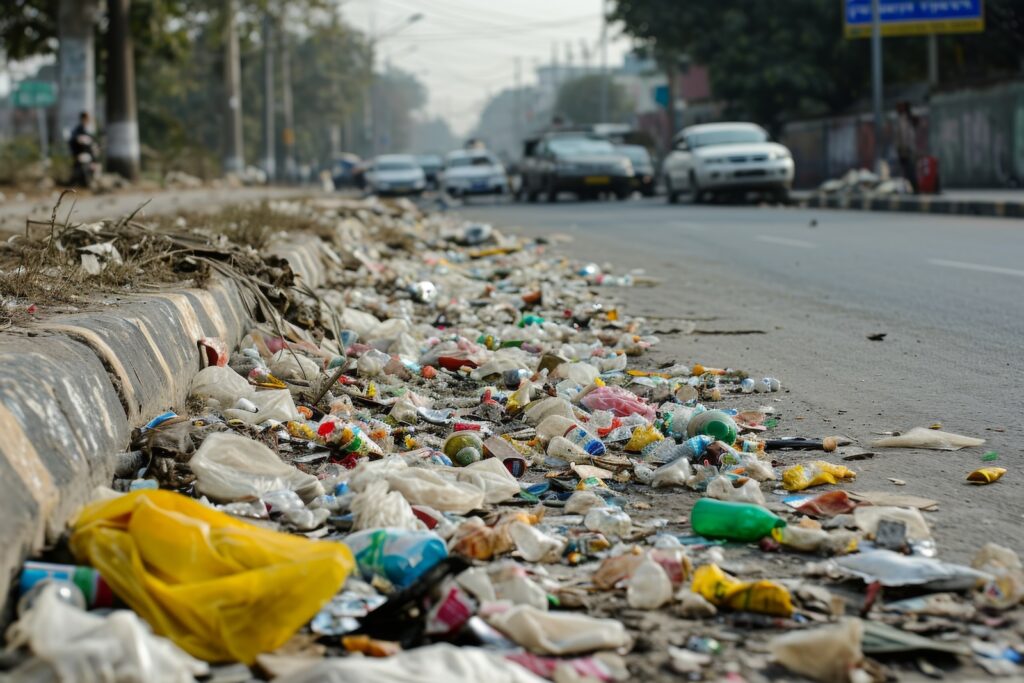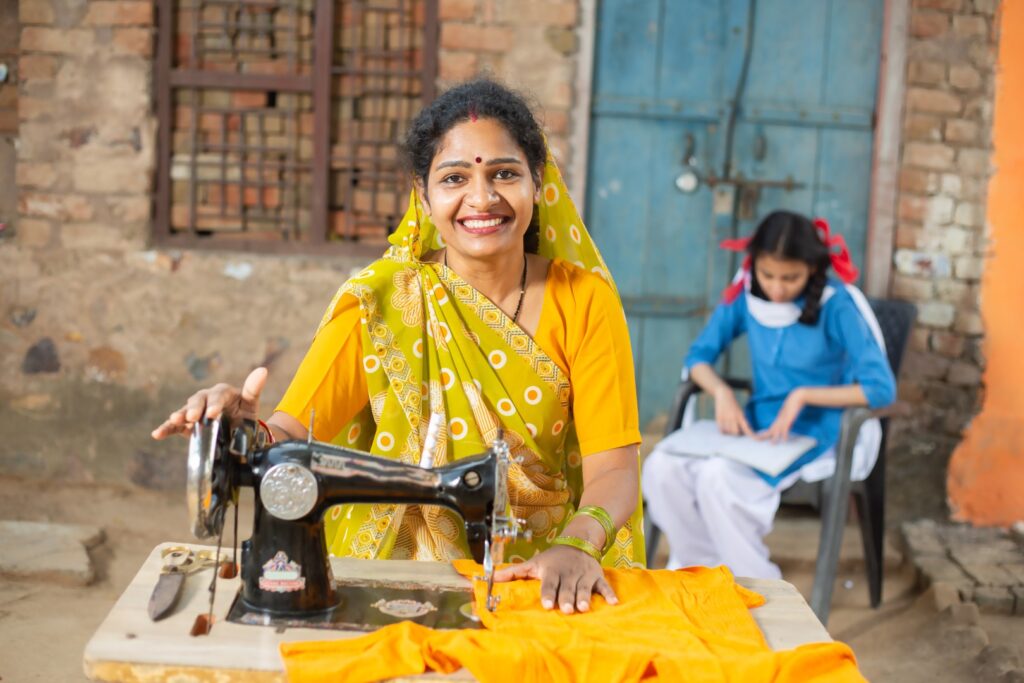12 Cultural Shocks Waiting for You in India
India is one of the most popular destinations for tourists in the world. According to Statista, over 1,373,000 American tourists traveled to India in 2022, making the USA the largest source of foreign tourists in India. However, traveling in India can be an overwhelming experience for first-time American tourists. The contrast between the two countries regarding lifestyle, social norms, and day-to-day living can lead to significant cultural shock.
Read on to learn about 12 cultural shocks you would get in India.
Overwhelming Crowds

One of the first things that tourists notice upon arriving in India is the sheer volume of people everywhere. With a population of over 1.4 billion, India is the most populated country in the world. India’s streets, markets, and public transport systems are packed with people. This can be a stark contrast to the more spacious and organized urban environments in the United States. The bustling crowds can be both exciting and intimidating, as maneuvering through crowds of people becomes a daily challenge.
Vibrant Colors

India is known for its vibrant and colorful environment. From the bright saris worn by women to the vividly painted buildings and bustling markets, colors are an integral part of Indian culture. Festivals like Holi, where participants throw colored powders at each other, further highlight this love for color. This visual feast can be a delightful and overwhelming experience for first-time tourists.
Loud Noises

India is a country where noise is a constant companion. The cacophony of honking cars, bustling markets, street vendors calling out their wares, and the general hum of activity create a high-decibel environment. This auditory onslaught can be jarring for Americans accustomed to quieter, more regulated noise levels.
Unregulated Traffic

Indian traffic is notorious for its chaos. The streets are shared by cars, buses, motorcycles, bicycles, pedestrians, and even animals. Traffic rules are often loosely followed, leading to a seemingly chaotic flow of vehicles. For tourists from the Western world who are used to strict traffic regulations and orderly driving, navigating Indian roads can be a daunting experience.
Unpredictable Driving

Driving in India is not for the faint-hearted. The roads are often unpaved and congested, and drivers must be vigilant and adaptable. Lane discipline is minimal, and unexpected obstacles like stray animals or people crossing the road are common. Many foreign tourists prefer to hire a local driver who is well-versed in local driving skills rather than attempt to drive themselves in such unpredictable conditions.
Haggling

In many parts of India, especially in local markets, haggling is a common practice. Unlike in the United States, where prices are fixed, in India, the vendors often hike their prices as they expect the customers to bargain over the cost of goods and services in an effort to bring them down. This haggling process is even considered an enjoyable experience for the merchants and customers. However, this can be an unfamiliar and uncomfortable process for Americans not used to negotiating prices.
Lack of Sense Of Personal Space

In the United States, personal space is highly valued and respected. However, in India, the concept of personal space is fluid. It’s common for strangers to stand close to each other in queues, on public transport, or in crowded marketplaces. English is widely spoken in Indian metro cities; most urban Indians are comfortable speaking in English and are known to strike up conversations with tourists. People, especially children on the streets, can randomly approach tourists for a selfie or take their photographs without even asking. This lack of personal space can be uncomfortable for Americans who are used to maintaining a certain physical distance from others.
Rich And Spicy Food

Indian cuisine is rich, diverse, and flavorful, but it can be a significant adjustment for Americans. The use of spices, different cooking methods, and various vegetarian options are distinct from typical American food. Additionally, the level of spice and grease in Indian dishes can be pretty high, which might shock those with milder palates. Furthermore, India has a vibrant street food scene that serves delectable foods, including chaats and kebabs; however, eating street food where food hygiene and water safety are questionable can cause discomfort to tourists, sometimes even leading to the infamous ‘Delhi Belly.’
Stray Animals

Stray animals, including dogs, cows, and monkeys, are familiar sights in India. Cows, in particular, hold a special place in Hindu culture and often roam freely in urban and rural areas. For American tourists, seeing these animals wandering the streets can be surprising and require some getting used to.
Public Sanitation

Public sanitation standards in India can vary widely. While some areas, particularly in urban centers, are well-maintained, others may lack adequate waste disposal and sanitation facilities. This can be a shock for tourists from first—and second-world countries who are used to higher public cleanliness and hygiene standards. Travelers should carry toilet rolls, seat covers, and hand sanitizers and be mindful of their surroundings.
Social Etiquette

Indian social norms and etiquette can differ significantly from those in the United States. For instance, removing shoes before entering someone’s home and temples is common. There are specific customs related to eating and greeting others. Women in rural parts of India generally do not address a male stranger. Understanding and respecting these social nuances is essential for Americans to navigate interactions smoothly.
Public Displays Of Affection

Public displays of affection, including hugging or kissing, are less common and often frowned upon in India, especially in rural or conservative areas. This can be surprising for tourists from America and Europe who are used to more liberal attitudes towards physical affection in public spaces.

